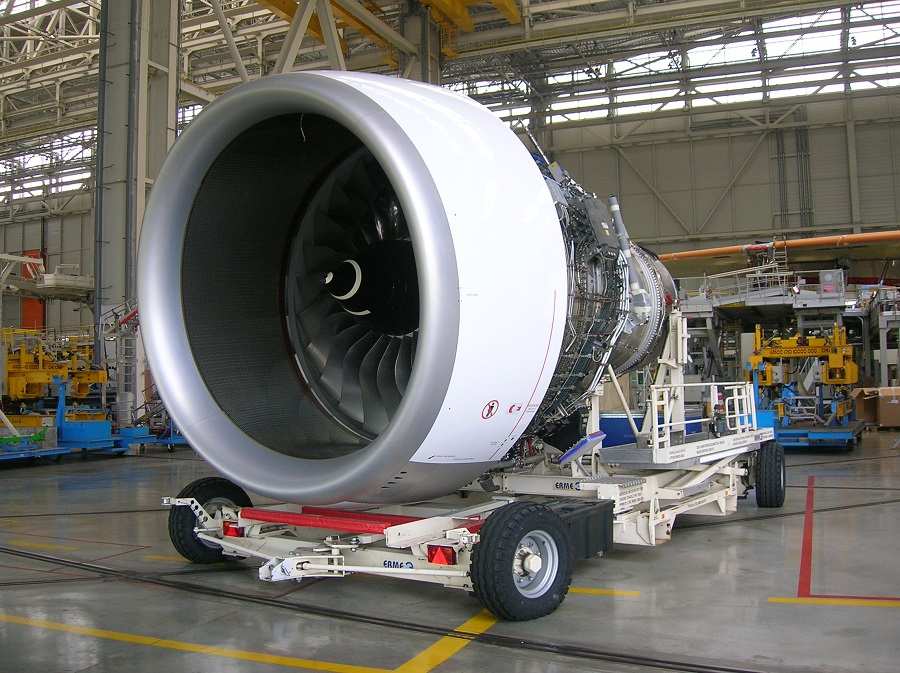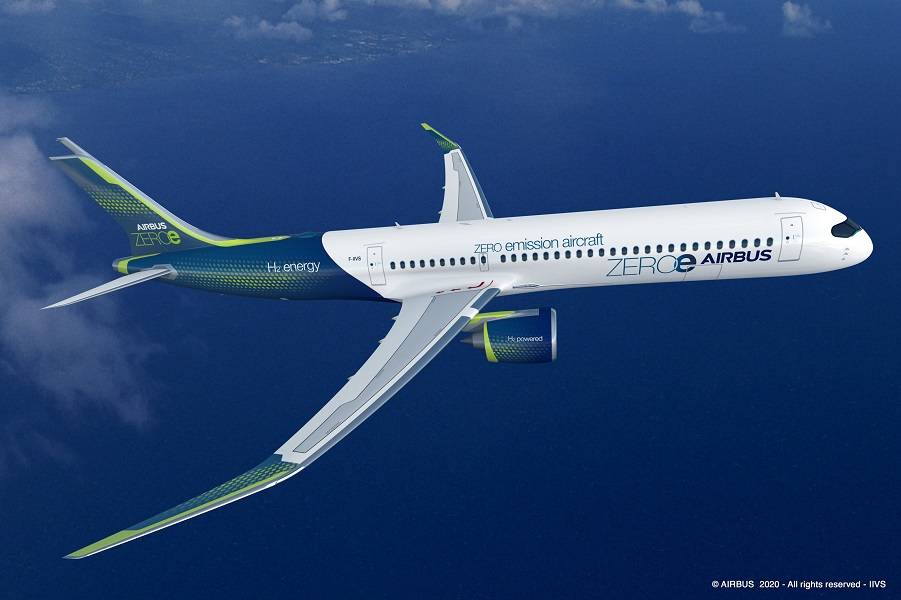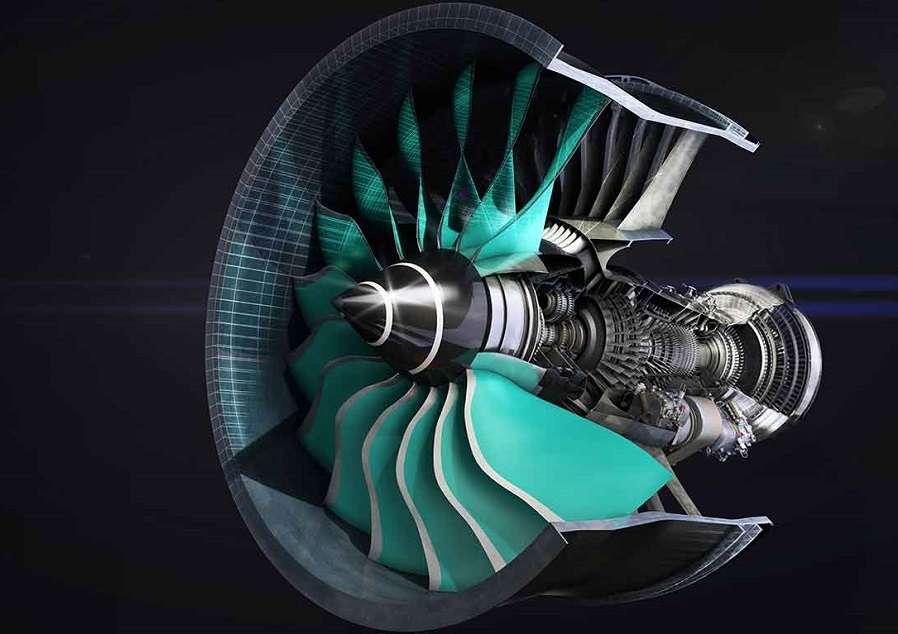As a historical engine manufacturer, Rolls-Royce reconsiders its future direction, with smaller engines, instead of concentrating on widebodies. Demand for aircraft in the future seems to favour smaller aircraft, and Rolls-Royce doesn’t want to be left behind.
Some readers may not be aware but Rolls-Royce is no stranger to engines of smaller sizes. They make jet engines for anything between the A380 on the upper side, and generators or helicopters at the lower end. And everything in between, including some rather sizeable marine engines. Well – almost everything in between.
Rolls-Royce have been focusing on widebodies, when it comes to airliners. The pandemic has had a telling effect in this portion of the market. Even before, Rolls-Royce and others could see how Airbus’ decision to stop making the A380, shifted focus to smaller aircraft.

It’s not that simple, of course. Nobody expects widebodies in general to go away. But the smaller single-aisle aircraft always were the backbone of airline fleets. Other than the IAE V2500 in some A320s and a few other business-jet sized smaller engines, Rolls-Royce has been absent.
Smaller Rolls-Royce Engines – Running On Hydrogen?
The company’s engineering and technology chief Simon Burr indicated in a Bloomberg interview that they’re reconsidering this. Rolls-Royce isn’t worried simply about missing from the smaller aircraft segment. They also want to stay involved, when it comes to new technologies. We have already seen how Airbus is experimenting with hydrogen propulsion. Rolls-Royce is keen to be part of this. Mr. Burr added:
“The industry’s going through a bit of a hiatus… We want to be in a position that when someone launches a new product we’re credible, whatever that market may be. We don’t rule ourselves out of any part of the market today because evolution in the 2020s could be really quite exciting”.

Rolls-Royce is in touch with Airbus, about hydrogen plans and smaller engines in general. The scope for that project is certainly long-term, after 2030 and up to 2035. That’s for an aircraft for 200 passengers, although Airbus has more varied plans.
More Plans
Of course any developments in this direction will take time. Rolls-Royce isn’t about to capitalize on the Covid-19 crisis by introducing a smaller engine to rival CFM or P&W. But the company certainly knows how to make such engines. And crucially, they may already be on the way to one.
The company is now working on what it calls the UltraFan jet engine. This should succeed the Trent family of engines, which powers widebodies only. However, Rolls-Royce plans versions of the UltraFan ranging from 25,000 to 100,000 pounds. This makes it suitable for just about all jet airliners.

The airline has been talking to Boeing about this engine, first for its New Midsize Airplane (NMA). And again more recently, as a long-term plan to replace the 737. The timing of these plans isn’t mutually exclusive with Airbus’ own long-term plans. Rolls-Royce will soon start testing the UltraFan, hoping to put it to service from 2025.
Time will tell what will become of Rolls-Royce’s plans for smaller engines. But P&W, GE, Safran and others in Russia and China, will be busy with their own plans, too.




2 comments
Spyros
Apparently RR’s ‘UltraFan’ will be geared, with some sort of variable pitch on the fan, which should be interesting.
Andre T
Seems a little late to the game. But then I don’t believe they didn’t want to get into the single aisle aircraft earlier. They just couldn’t compete with the fuel efficiencies of PW geared turbojet and CFM LEAP. Other interesting point, article talks to RR talking to Boeing for the Ultrafan on NMA, but at time of Boeing shelving NMA, RR wasn’t in the running only CFM and PW. On the hydrogen development, I can see them wanting to get into this for the government money same as Airbus did as condition of getting aid for COVID slowdown. This is a dog and pony show for the environmentalist and the bureaucrats. I have done design work for hydrogen vents on rockets and have 18 year on jet engines. Hydrogen will never be sufficiently safe for high cycle commercial aircraft.